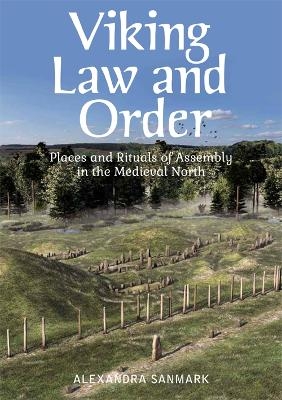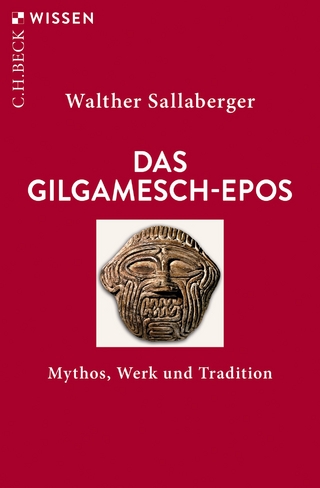
Viking Law and Order
Places and Rituals of Assembly in the Medieval North
Seiten
2019
Edinburgh University Press (Verlag)
978-1-4744-4575-7 (ISBN)
Edinburgh University Press (Verlag)
978-1-4744-4575-7 (ISBN)
Using archaeological evidence, written sources and place-names, this book provides a comprehensive analysis of the Viking legal system and assembly sites, showing that this formed an integral part of Norse culture and identity, to the extent that the assembly institution was brought to all Norse settlements.
Until very recently Viking and Norse assembly sites were essentially unknown, apart from a few select sites, such as Thingvellir in Iceland. The Vikings are well-known for their violence and pillage, but they also had a well-organised system for political decision-making, legal cases and conflict resolution. Using archaeological evidence, written sources and place-names, this book provides a comprehensive analysis of their legal system and assembly sites, showing that this formed an integral part of Norse culture and identity, to the extent that the assembly institution was brought to all Norse settlements.
Sites are analysed through surveys and case studies across Scandinavia, Scotland and the North Atlantic region. The author moves the view of assembly sites away from a functional one to an understanding of the symbolic meaning of these highly ritualised sites, and shows how they were constructed to signify power through monuments and natural features. This original and stimulating study is set not only in the context of the Viking and Norse periods, but also in the wider continental histories of place, assembly and the rhetoric of power.
Until very recently Viking and Norse assembly sites were essentially unknown, apart from a few select sites, such as Thingvellir in Iceland. The Vikings are well-known for their violence and pillage, but they also had a well-organised system for political decision-making, legal cases and conflict resolution. Using archaeological evidence, written sources and place-names, this book provides a comprehensive analysis of their legal system and assembly sites, showing that this formed an integral part of Norse culture and identity, to the extent that the assembly institution was brought to all Norse settlements.
Sites are analysed through surveys and case studies across Scandinavia, Scotland and the North Atlantic region. The author moves the view of assembly sites away from a functional one to an understanding of the symbolic meaning of these highly ritualised sites, and shows how they were constructed to signify power through monuments and natural features. This original and stimulating study is set not only in the context of the Viking and Norse periods, but also in the wider continental histories of place, assembly and the rhetoric of power.
Alexandra Sanmark is Reader in Medieval Archaeology at the Centre for Nordic Studies, University of the Highlands and Islands. She specialises in The Viking Age in Scandinavia and the Viking expansion in the west and the North Atlantic, with a particular focus on landscape archaeology. She is the author of Power and Conversion: A Comparative Study of Christianization in Scandinavia (2004).
| Erscheinungsdatum | 13.03.2019 |
|---|---|
| Verlagsort | Edinburgh |
| Sprache | englisch |
| Maße | 156 x 234 mm |
| Themenwelt | Sachbuch/Ratgeber ► Geschichte / Politik ► Vor- und Frühgeschichte / Antike |
| Geisteswissenschaften ► Archäologie | |
| ISBN-10 | 1-4744-4575-6 / 1474445756 |
| ISBN-13 | 978-1-4744-4575-7 / 9781474445757 |
| Zustand | Neuware |
| Haben Sie eine Frage zum Produkt? |
Mehr entdecken
aus dem Bereich
aus dem Bereich


